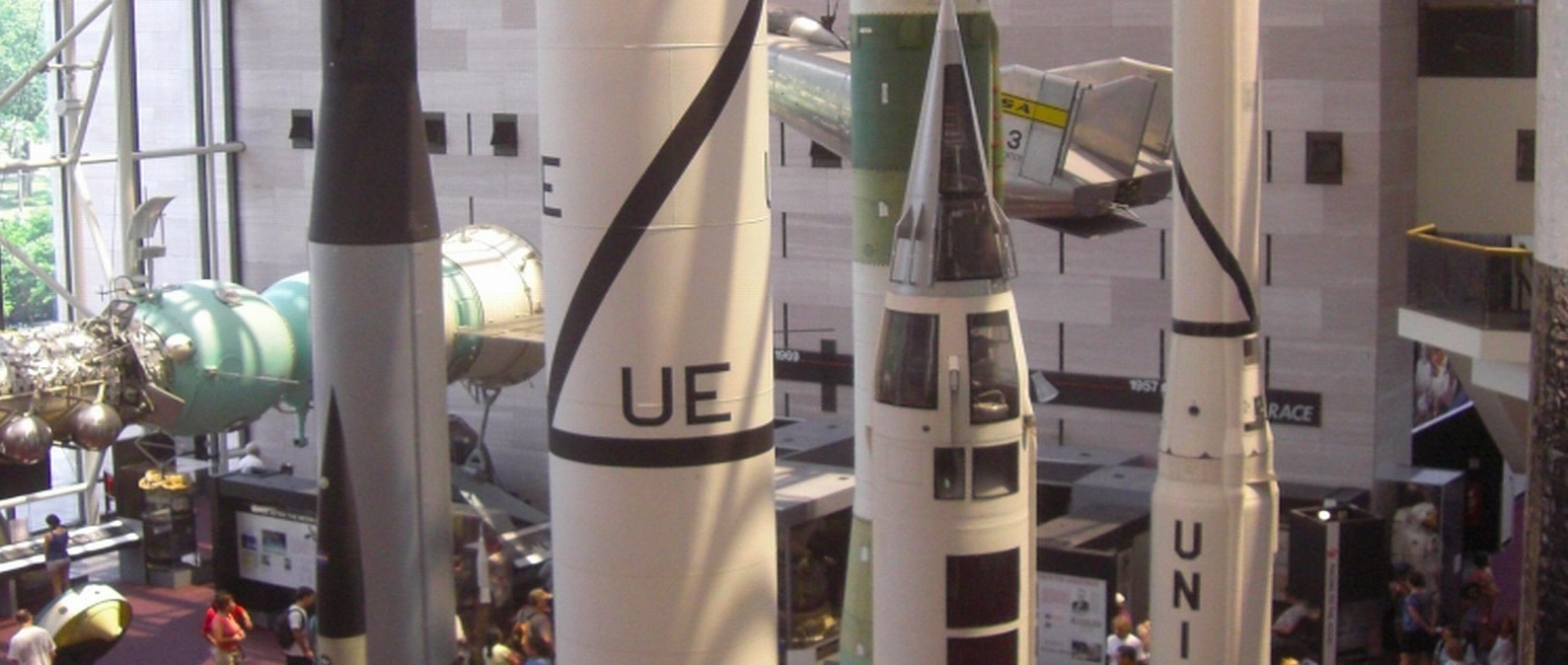Episodes

Thursday Mar 11, 2021
Space Rocket History #184 – Apollo 9 – The Return
Thursday Mar 11, 2021
Thursday Mar 11, 2021
Even before crawling back into the command module, McDivitt said he was tired and ready for a three-day holiday. Another 140 hours would pass before touchdown in the Atlantic, but the crew had achieved more than 90 percent of the mission objectives.

Thursday Jan 28, 2021
Space Rocket History #183 – Apollo 9 – Lunar Module Maneuvers Part 4
Thursday Jan 28, 2021
Thursday Jan 28, 2021
When Scott tried to release the lunar module, he did not hold the button long enough so the lander got hung on the capture latches.

Thursday Jan 28, 2021
Space Rocket History #182 – Apollo 9 – Lunar Module Maneuvers Part 3
Thursday Jan 28, 2021
Thursday Jan 28, 2021
On the fourth day of the flight of Apollo 9, Schweickart felt better than expected as he worked his way into the lander to get it ready for the EVA. By the time he had put on the backpack, McDivitt was ready to let him do more – to stand on the lunar lander porch at least.

Thursday Dec 17, 2020
Space Rocket History #181 – Apollo 9 – Lunar Module Maneuvers Part 2
Thursday Dec 17, 2020
Thursday Dec 17, 2020
McDivitt later said that the engine had come on abruptly, but with the tremendous mass, acceleration was very slow – it took the whole 5 seconds to add 11 meters per second to the speed.

Wednesday Dec 16, 2020
Space Rocket History #180 – Apollo 9 – Lunar Module Maneuvers
Wednesday Dec 16, 2020
Wednesday Dec 16, 2020
As Dave Scott pulled in closer to the Lunar Module he noticed that the command module’s nose was out of line with the lander’s nose. Scott tried to use a service module thruster to turn left, but that jet was not operating. It turns out that someone had accidentally bumped a switch that turned off one set of Thrusters. The crew then flipped the correct switches, and the thruster started working, and at T+3 hours 2 minutes the command module probe nestled into the lunar Module drogue, where it was captured and held by the 12 latches. The first docking of the Lunar Module in space was achieved. As a side note, switch guards were installed on all future Apollo missions to prevent accidentally flipping a switch.

Tuesday Nov 10, 2020
Space Rocket History #179 – Apollo 9 – The Launch
Tuesday Nov 10, 2020
Tuesday Nov 10, 2020
For the 19th flight of American astronauts into space, Vice President Spiro T. Agnew, representing the new administration of Richard Nixon, sat in the firing control room viewing area on March 3rd, 1969. He and other guests listened to the countdown of the Saturn-Apollo structure several kilometers away at the edge of the Florida beach.

Tuesday Nov 10, 2020
Space Rocket History #178 – Apollo 9 – The Crew – McDivitt, Scott, Schweickart
Tuesday Nov 10, 2020
Tuesday Nov 10, 2020
James Alton “Jim” McDivitt was born on June 10, 1929, in Chicago, Illinois. He is of Irish descent. Like many other astronauts, he was a Boy Scout and earned the rank of Tenderfoot Scout. He graduated from Kalamazoo Central High School, Kalamazoo, Michigan, in 1947.

Sunday Sep 13, 2020
Space Rocket History #177 – Apollo 9 – Preparations
Sunday Sep 13, 2020
Sunday Sep 13, 2020
The biggest concern before Apollo 9 was the docking maneuver. In early 1969, at NASA there was little confidence in the docking system. At a January program review, Phillips said that problems encountered during probe and drogue testing worried him…

Saturday Sep 12, 2020
Space Rocket History #176 – The First Test Flight of the Soviet N1
Saturday Sep 12, 2020
Saturday Sep 12, 2020
Finally, on the morning of February 21, all the population of the N1 assembly area and a residential area, situated just south of the launch pad, was ordered to evacuate. The giant service structure then rolled away leaving the dark-gray rocket with a white payload fairing towering under sunny skies. The weather was extremely cold, with temperatures falling to minus 44 C degrees, and stormy winds. In the fortified firing control room, the Commander of the 6th Directorate, took the firing command position at the main periscope…

Friday Aug 14, 2020
Space Rocket History #175 – Early History of the Soviet N1 – Part 2
Friday Aug 14, 2020
Friday Aug 14, 2020
On August the third 1964 Decree number 655-268 was issued by the Central Committee of the Communist Party. For the first time a command was given for OKB-1 to put one man on the moon and return him safely to earth before the United States (Keep in mind the US already had already begun their Lunar program more than three years earlier, in April 1961).

